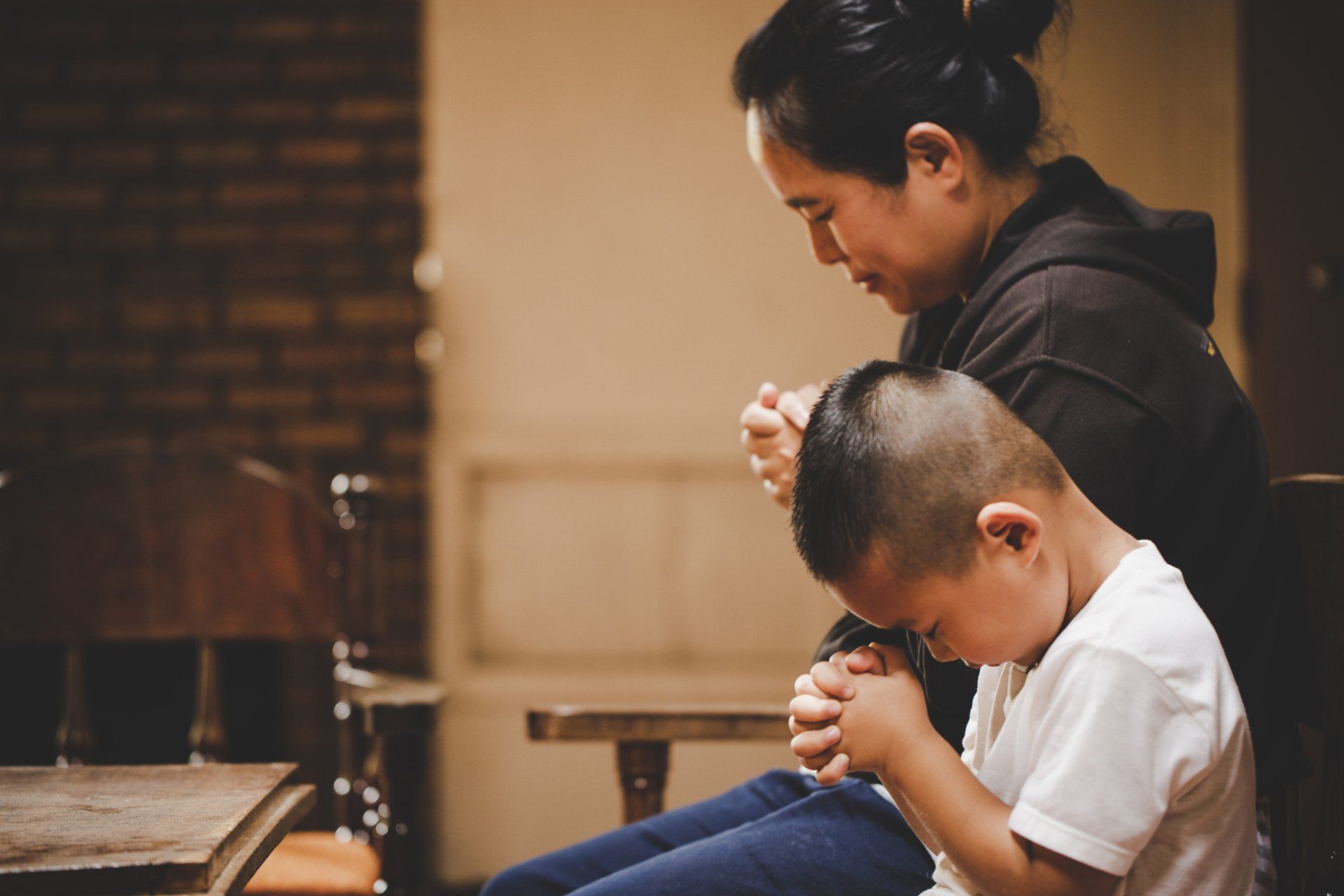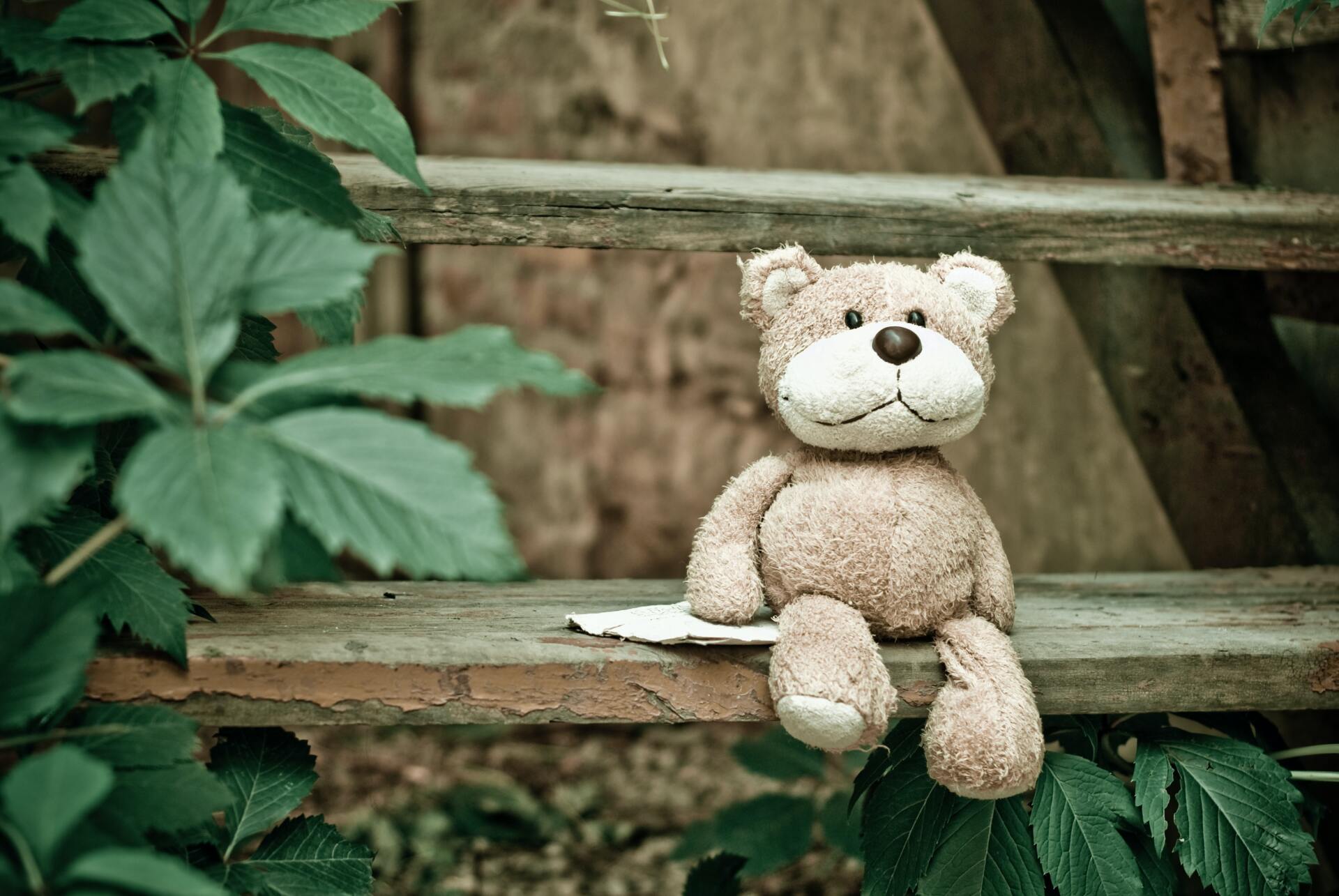Do You Validate?
After a death, validation can go a long way
I am a person who appreciates personal space, so when I found myself wedged between the subway car pole and the crushing weight of about 200 other always-in-a-hurry Manhattanites, I focused my eyes on a spot on the tin ceiling and took deep breaths, counting the stops until my liberation. As we pulled into another packed platform, there was a tangible sense of increasing tension as those passengers “lucky” enough to already be on board collectively braced for the onslaught of even more pushy customers.
At the next stop, there was clearly no room, yet the woman at the platform repeatedly tried to jam herself onto the car, insisting that if we only squeezed in a little more, she would fit. She pointed to what appeared to her to be an open space in the center of the car, shouting, “Look! Move there so I can get on!” As the doors mercifully closed, I felt a sense of satisfaction that she had not made it into our car. What she didn’t know was that seemingly empty space in the center was actually a 5-year-old child clinging to his mother’s hand, enduring this hell like the rest of us. Except that at least the rest of us could see the windows, see what was going on, and defend our personal space with jagged elbows and wide stances.
For days after, I spent an embarrassing amount of time scripting the perfect snarky reply to that pushy platform woman. Obviously, that scene still haunts me today and even as I write this, I find myself panicky and short-of-breath. If it was bad enough for us adult passengers, just imagine the experience of that child: shorter, smaller, unable to see above the sea of bodies, his marginalized space threatened at every stop.
Maybe it’s a strange analogy but I think about that story when I consider a child’s grief. I think about what it must feel like when a family member dies, to be surrounded by adults preoccupied with their own pain and sorrow, who themselves are desperate for the discomfort to subside, trying to breathe and focus. To feel helpless and crushed and threatened, gripping tightly to whatever hand or anchor is nearby. To have others mistake your smaller space as empty or available for someone else.
I don’t think any of us intentionally ignore or disregard or smother children when they are experiencing grief, I just think that is often the unintentional outcome of our own fumbling discomfort with death and sympathy.
Adults typically respond in two ways to a child's loss: either total silence because they are concerned they could upset the child further (which to the child, must feel identical to being ignored), or fawning sentimentality that may comfort the adult, but can confuse a child who doesn't know how to express what they are feeling. Children often end up marginalized into oblivion or smothered and suffocated.
How can you appropriately validate a child’s loss?
Say something and be specific.
Don’t leave the child wondering if you heard the news. Just as you would acknowledge an adult’s loss, you should extend that same courtesy. But instead of saying a generic “I’m sorry for your loss” when you acknowledge the child’s grief, use the child’s name and name the loss: “James, I know that your mom died and I want you to know that I am sorry about that.” Legitimizing the child's loss affirms a child’s sense of himself as a valuable member of a larger society.
Keep it simple.
Unless the child is your own, you likely have very little understanding of how the child is emotionally responding to the loss. Try to avoid any statements that involve assumptions about how the child is feeling, including mentioning how you would feel or have felt in similar situations.
Avoid euphemisms.
In our efforts to avoid upsetting the child, we may be tempted to soften harsh concepts, replacing “death” and “died” to “loss” or even in the case of pets, “put to sleep.” We recommend that adults speak directly and frankly about loss, using concrete language. It is best to say mom “died” when acknowledging it to a child.
In recognizing and naming a child's loss, you should not be too worried about upsetting him or making things worse. Like adults, children benefit from social support: it moderates stress and makes us less prone to anxiety, depression, and Post Traumatic Stress Disorder. After all, as Dr. Seuss opined, "a person’s a person, no matter how small."





Follow Us
©2021 Keefe Funeral Home ⋄
Admin
Obittree Privacy Policy Terms of Use Sitemap ⋄ Powered by
FrontRunner Professional &
TA ⋄ Designed by
Don't Rest On Pretty

